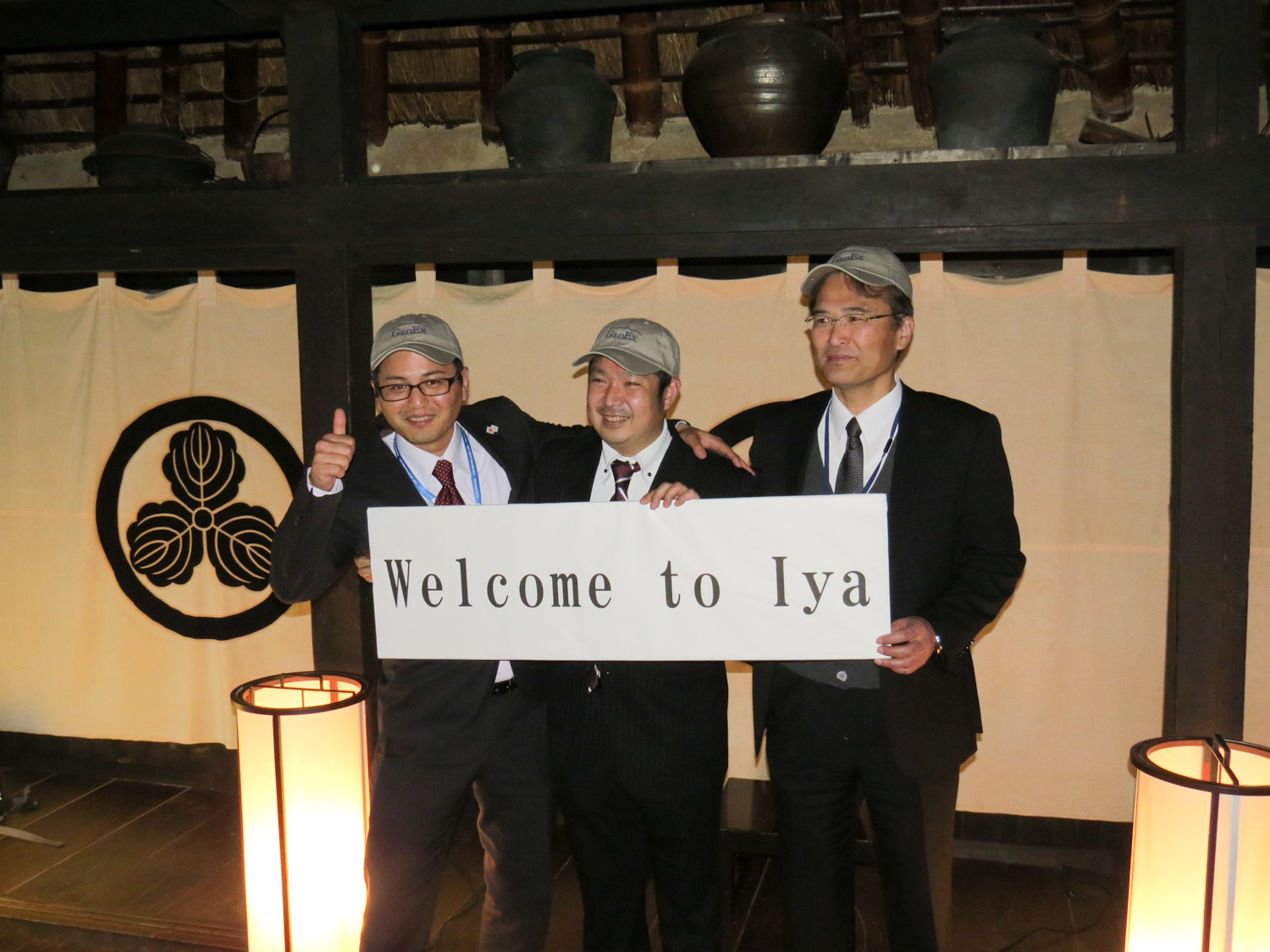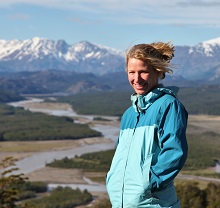The Shikoku Effect: Generosity that Transforms

Editor’s note: Author Amanda McKee was moved to write this account after joining GeoEx’s acclaimed Journey Through Ancient Japan trip, which is led by travel writer and Japanophile Don George, whose wife hails from Shikoku. A few spots have just opened on our May 8-19, 2023 journey, when Japan will be in glorious bloom. If you’d like to join Don George on this beloved small-group (8 people maximum) trip, call us at 800-777-8183.
What are they doing? This was my first thought when I saw the hotel staff lined in front of our Matsuyama inn, waving to us, bowing, and smiling as we pulled away. Unaccustomed to this sort of kindness, it took me a moment to understand that they were sending us off in the friendliest possible way. That was before I realized that they’d also supplied us with cookies for the road. This boggled my mind. Aren’t tourists just a dime a dozen? Not on the Japanese island of Shikoku.
The smallest of Japan’s four main islands, sparsely populated Shikoku is a trove of natural and cultural treasures. Gorgeous coastline (reminiscent of Hawaii) rises to steep wooded mountains threaded with rivers and hot springs. Looping around the isle is a pilgrimage route of 88 breathtaking Buddhist temples and numerous other sacred sites, which draw henro (pilgrims) donning white jackets and conical sedge hats. There are castles and caves and farms and wildlife. Despite there being so much to see, few visitors—even Japanese—make their way here. Perhaps for this reason, or simply because it is the way of the island, our small band of mostly American travelers was shown incredible hospitality at every turn. I’ve never felt more welcome in a foreign land.
As we walked into the very local Taisho Market in the little town of Kure, for example, a scarf shop owner came chasing after us speaking in Japanese and holding a handkerchief printed with the flags of the world. Once she realized we couldn’t understand, she simply pointed at herself and then at the Japanese flag on the cloth, then pointed at us questioningly. We indicated the flags of our home countries and she lit up with delight, and conveyed how happy she was that we had come all this way.
While we were visiting the Iwamoto-ji Temple (number 37 on the circuit), the head monk bade us sit and talked about the history of the temple, its gorgeous painted ceiling, and daily life there. Afterwards, as we were enthusiastically thanking him for his time and attention, he presented us each with gifts for visiting. My American brain was once again swimming with confusion and gratitude.
Each day on Shikoku I was struck by the graciousness and warmth of the people, but never more so than in the extremely remote, hard-to-reach Iya Valley, where paved roads were carved only in the 1920s. First we encountered an artist in a tiny village who not only spontaneously invited us into her home to explain how she made her creations, but led us through town, sharing how it had changed since she was a girl. Then, when we pulled up at Chiiori—a restored 300-year-old thatched farmhouse (where we would be staying that night) located so high on a hillside that clouds seem to drift past the front porch—we found three suit-wearing gentlemen holding a sign that read “Welcome to Iya.” Representatives of the Shikoku Tourism Board, they had driven hours on treacherous, gorge-hugging roads just to greet us. Before they returned home that same night, they sat with us by the fire, swapping stories, answering questions about the area, and filling our glasses with the locally made sake that they’d brought. Very few travelers come this far, they told us. Our visit had, in some ways, made news. We couldn’t believe how much effort they’d gone through for us.
While journeying across the island and being treated so well by its residents, I noticed that its generous spirit was rubbing off on us. When our vehicle stopped at roadside stands, we began to buy snacks to share with each other. At meals, we treated one another to drinks. And instead of filling our own glasses, we adopted the Japanese custom of pouring for each other. A special openness and kindness emerged that allowed us to learn from one another’s perspectives and sink more deeply into the experiences around us as well. It is possible that this particular collection of exceptional folks would have related as amicably elsewhere, but I can’t help believing our interactions were taken to a higher level by the Shikoku effect. It makes sense, after all, that sharing engenders sharing. It’s a lesson I’ve taken home with me to the big city, where each day I endeavor to offer a little of the bigheartedness I was shown on Shikoku.
# # # # #
Amanda McKee is a writer and editor whose adventures have taken her from Incan ruins and Japanese kitchens to Galápagos isles, Uzbek mosques, Bhutanese temples, and the summit of Mount Kilimanjaro.

To find out more about this journey, visit Journey Through Ancient Japan or call 800-777-8183.

